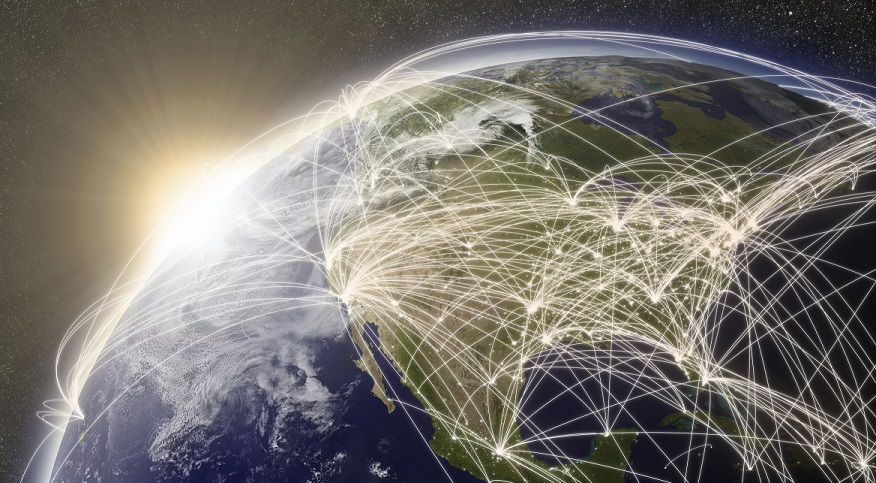With the transition to Next Generation 9-1-1, the role of geographic information systems (GIS) data transforms to a new level of importance. In our industry, GIS data is primarily used for PSAP mapping and computer-aided dispatch applications that are useful. In most cases, however, they are supplemental tools to help a call taker during an incident. Next Generation 9-1-1 systems and networks utilize GIS data to make 9-1-1 call routing decisions. The GIS data needs to be extremely accurate and always up to date for this specific purpose. To achieve this level of accuracy and completeness, agencies and service providers need to adopt workflow processes that are specific to the 9-1-1 industry without losing sight of fundamental GIS practices.Represent the Real World
Many times GIS data is created and maintained to make a software application perform a certain way. These cases present the risk of tweaking the data to control software rather than actually creating a geographic representation of what really exists in the world. GIS editing and data accuracy standards need to be created specifically for 9-1-1 systems without compromising spatial accuracy.
Utilize Existing GIS Data and Resources, but…
There is an abundance of GIS data available for public use from local, regional, state government resources and commercial entities. These resources might be a good starting place for building a 9-1-1 GIS database. But it is very important to understand that data was created for a specific purpose and that it will require validation and customization to be usable for 9-1-1 purposes. For example, a property appraisal entity might have very accurate and complete address point and property boundary data. That data might be great for use as a visual tool in a 9-1-1 mapping system. However, the database or attribute information might not be the best for making 9-1-1 call routing decisions or for locating a 9-1-1 caller. The attribute data associated with the layers will most likely be fit for finding the correct address to mail a property tax invoice.
Make a Plan and Stick to it
If you took an unverified third party source of GIS data and tried to use it in your PSAP mapping or CAD system, would it work well? Not at first, but it might be a good place to start because you can refine the data as time goes on. If you took an unverified third party source of GIS data and tried to use it for routing 9-1-1 calls, would it work well? No, and there might be greater immediate consequences. You need a plan, a workflow, and a recurring process for managing GIS data for the future, before implementing a GIS based routing solution. Many 9-1-1 entities around the United States have created detailed workflow processes. Why reinvent the wheel when you can connect with and learn from leading entities and industry experts?
The Future is Endless
Today, the primary data utilized for 9-1-1 GIS systems such as address points, street centerlines, and jurisdictional polygon boundary layers require dedicated resources and an extensive amount of time to create and maintain. What is next? Are we going to eventually collect data representing buildings, places, rooms, furniture in every room, 3D models of furniture in every room, real time GIS data showing where people are located? How will we keep up with maintaining this more specific data? Do we need to start thinking about this? Will there ever be a determined limit where 9-1-1 GIS data is accurate and complete enough?
This is an exciting time to be part of the 9-1-1 industry, especially if you focus on GIS data and solutions. Start now, keep going and plan for the future.




